$14.00 Original price was: $14.00.$9.80Current price is: $9.80.
- Free 1 year warranty period
- Effortless solutions, excellent customer care.
- Multiple payment options for secure shopping with SSL
- The Quality Choice for Smart Shoppers

Product Details
The lustrous petals of Tulip ‘Pink Impression’ are a deep, rich rose at the center, shading to a delicate pale pink at the edge, while doing amazing things in between that include shades of both melon and sunset. These bulbs produce tall, strong, long-lasting and reliable plants, like most Darwin hybrids. An absolutely first-class Tulip.
Among the hundreds of thousands of brilliant Tulips at Keukenhof, the annual bulb display in the Netherlands, ‘Pink Impression’ is the one that quite literally stops traffic. It seems as though everyone visiting with children has the kids pose next to these enormous flowers-and it’s the most popular spot for grownups to pose, too. ‘Pink Impression’ is a long-lasting perennial in the garden.
Tulipa is an enormous genus, consisting of approximately 75 species. Tulips are native to areas including the Middle East and the foothills of the Himalayan mountains. These regions have long cold winters and hot, bone-dry summers, and these are the conditions in which Tulips perennialize (or, in other words, return year after year) most successfully. In North America, it’s difficult, if not impossible, to replicate these climatic conditions, and as a result, we recommend that most Tulips are treated as annuals. Plant the bulbs in fall, enjoy their colorful blossoms in spring, and when the flowers subside, remove the plants, including the bulbs, and compost or discard them. The advantages to this ritual are three-fold: You won’t spend weeks of spring waiting for second- or third-year Tulips that don’t bloom; you won’t spend weeks eyeing yellowing and decaying Tulip foliage in your gardens; and you can look forward to the considerable delight of choosing new varieties, colors, and forms each season to refresh your display.
All that said, there are a few Tulips that are more likely to perennialize than others. Species Tulips, sometimes referred to as “botanical Tulips,” have smaller, somewhat wilder looking flowers than the hybridized goblet forms, but they are more forgiving of milder climates, and they are known to return for two to three years in a favorable site. Long-stemmed, goblet-shaped Darwin hybrids have been bred to offer multi-year performance, and Fosteriana Tulips generally return for up to three years (and sometimes more) under ideal conditions.
Tips for Good Tulip Culture
Because this variety is a Darwin Hybrid Tulip, it may rebloom for several years, if you follow the instructions below:
- After the blossoms are spent, remove them promptly, cutting the stem about 1” below the flower.
- Allow the remaining stem and foliage to continue growing and gathering energy for next season’s bloom
- Allow the foliage to turn yellow and droop to the ground. At that point, prune it out or remove it with a tug.
For more information on the growing and care of Tulips, click Growing Guide.
Be the first to review “Tulip ‘Pink Impression’” Cancel reply
Related products
Bestsellers
Garden Classics
Garden Classics
Foundation Plantings
Bestsellers
Bestsellers
Foundation Plantings
Garden Designs


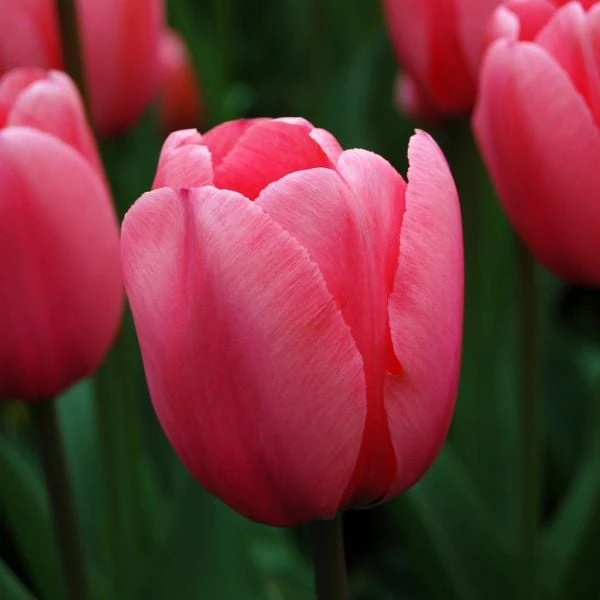

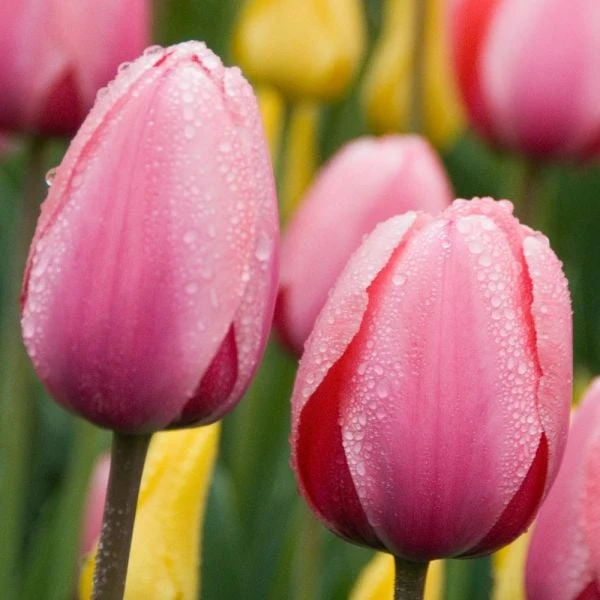
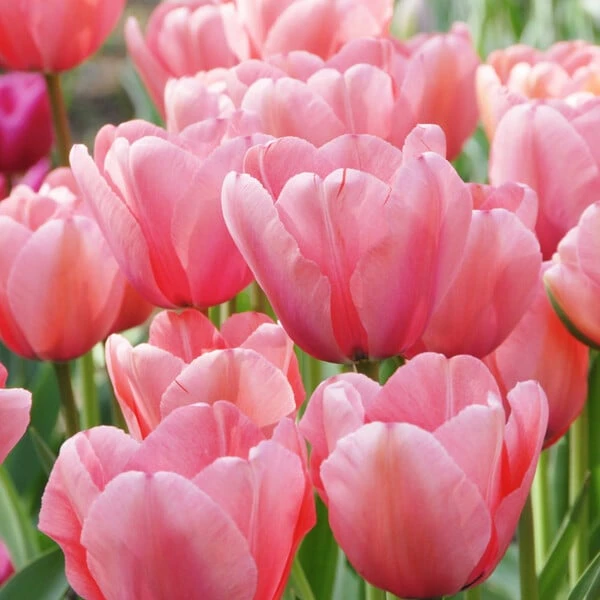

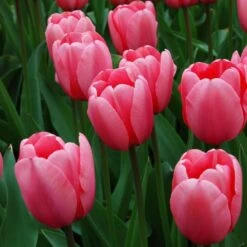


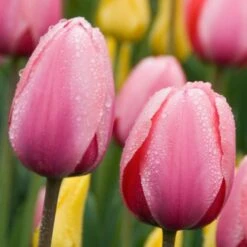

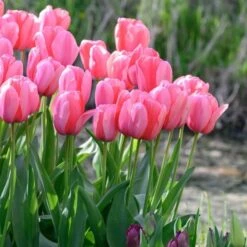

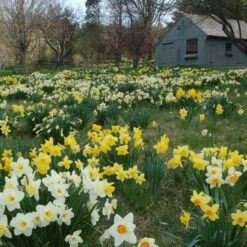

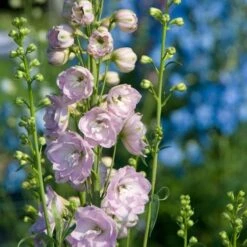


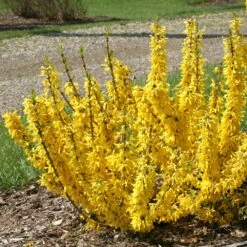







Reviews
There are no reviews yet.